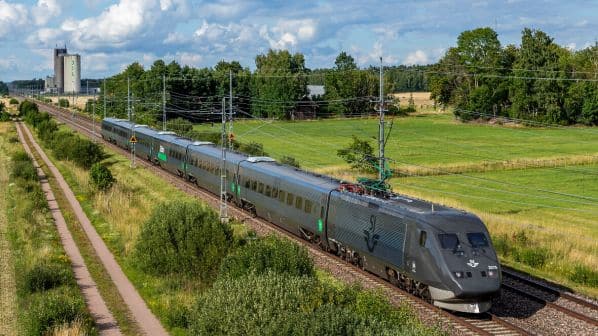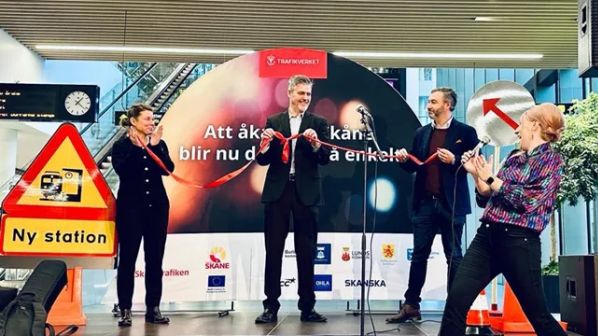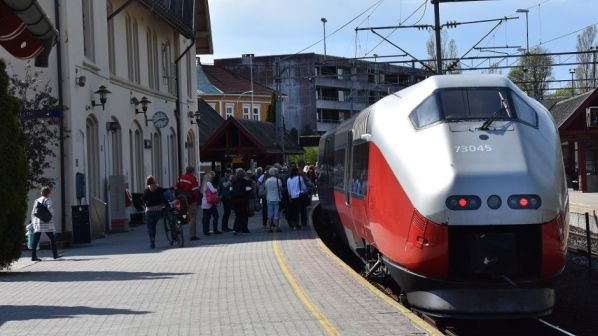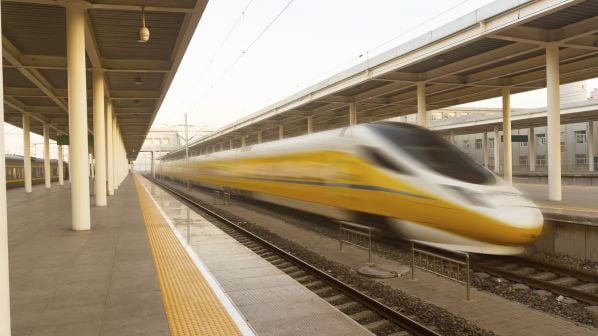SWEDEN needs to concentrate on upgrading its existing railway network with a special focus on introducing ERTMS, according to infrastructure manager and national transport authority Trafikverket.
The recommendations are made in a report intended to guide long-term national transport planning in the period from 2026 to 2037, commissioned from Trafikverket by the government in June 2023 after it had cancelled plans to build high-speed lines in Sweden.
The maintenance backlog on the existing network now stands at an estimated SKr 91bn ($US 9.17bn). Trafikverket says that it will not be possible to fully catch up on outstanding work by 2037 even if the infrastructure manager is granted the full SKr 256bn in funding that it is now requesting.
Neither will it be possible to complete all ongoing and planned investment projects on the national network, according to Trafikverket.
One of the top priorities is replacing the ATC signalling system, which dates back to the 1950s, with a modern digital system based on ERTMS. Unless this is completed by 2040, over 50% of the network will have to be taken out of service due to a lack of spare parts to maintain legacy signalling and a shortage of staff with the requisite skills and experience.
In a recent audit, the Swedish National Audit Office laid the blame for the maintenance backlog firmly at the feet of the government, which it says “has compromised long-term infrastructure planning through its management of Trafikverket.”
The infrastructure manager itself has previously urged the government to provide more funding for maintenance and upgrades, and with the new report it says it is stepping up its efforts to draw attention to these needs.
Existing lines will have to accommodate most of the forecast 50% increase in demand for passenger services over the period to 2040, according to Trafikverket analysis. Maintaining and upgrading these lines in order to increase capacity should therefore be the top priority, rather than building new lines.
This would also make it possible to use the existing network more efficiently, Trafikverket says, coupled with more effective allocation of train paths.
The track access charging regime should be reformed in order to better reflect peak passenger flows, increasing incentives for operators to run longer trains rather than more frequent but shorter services. Additional access charge income could also fund development of the network, Trafikverket points out.
The Trafikverket report will now go out to consultation before the government presents its policy proposal to the Swedish parliament this autumn. Trafikverket will then be responsible for developing policy in detail before it is adopted by the government in late 2025 or early 2026.
“How we maintain and use the infrastructure that already exists is decisive for future accessibility,” says Trafikverket director general, Mr Roberto Maiorana.
“Moreover, early maintenance saves money in the long term.”




